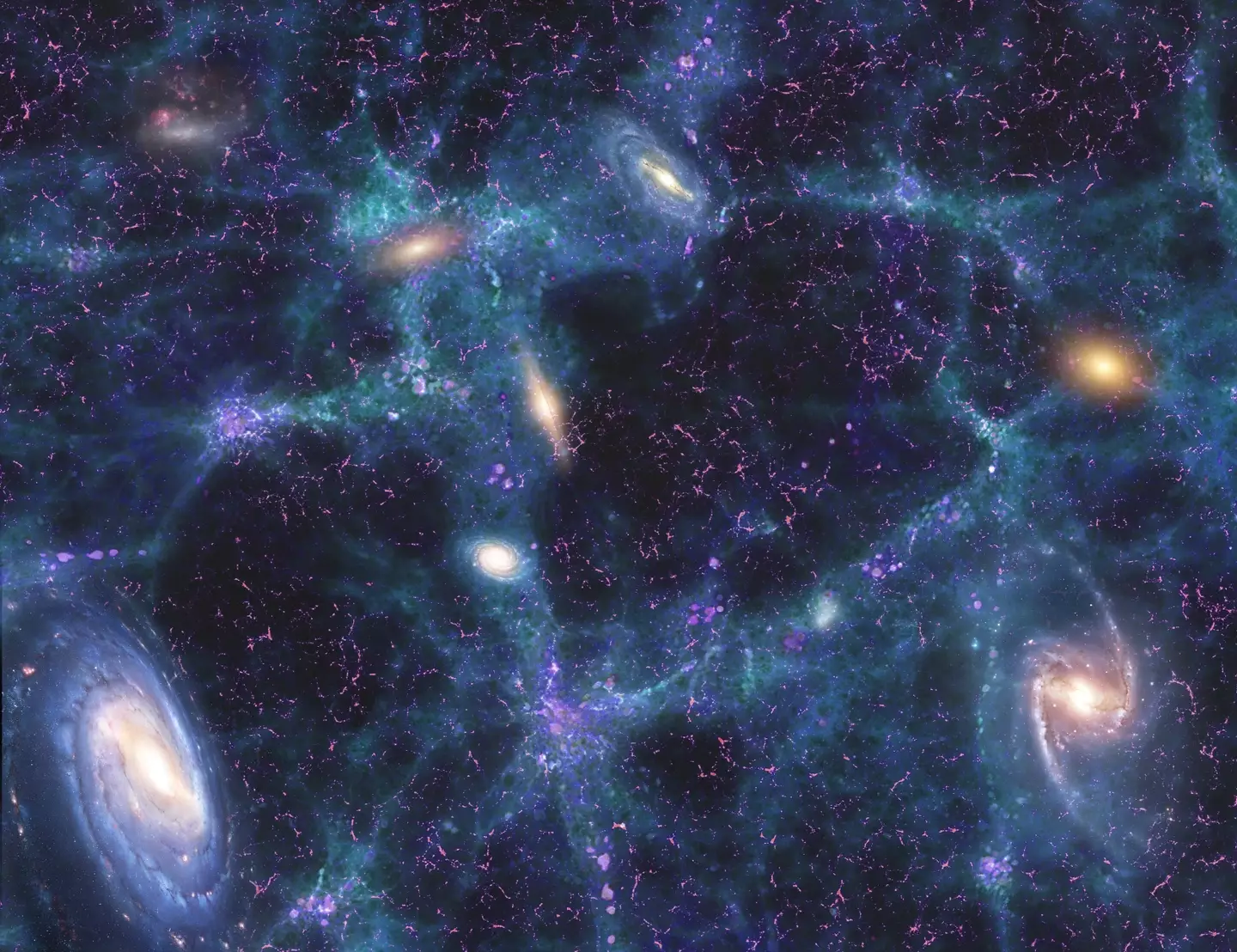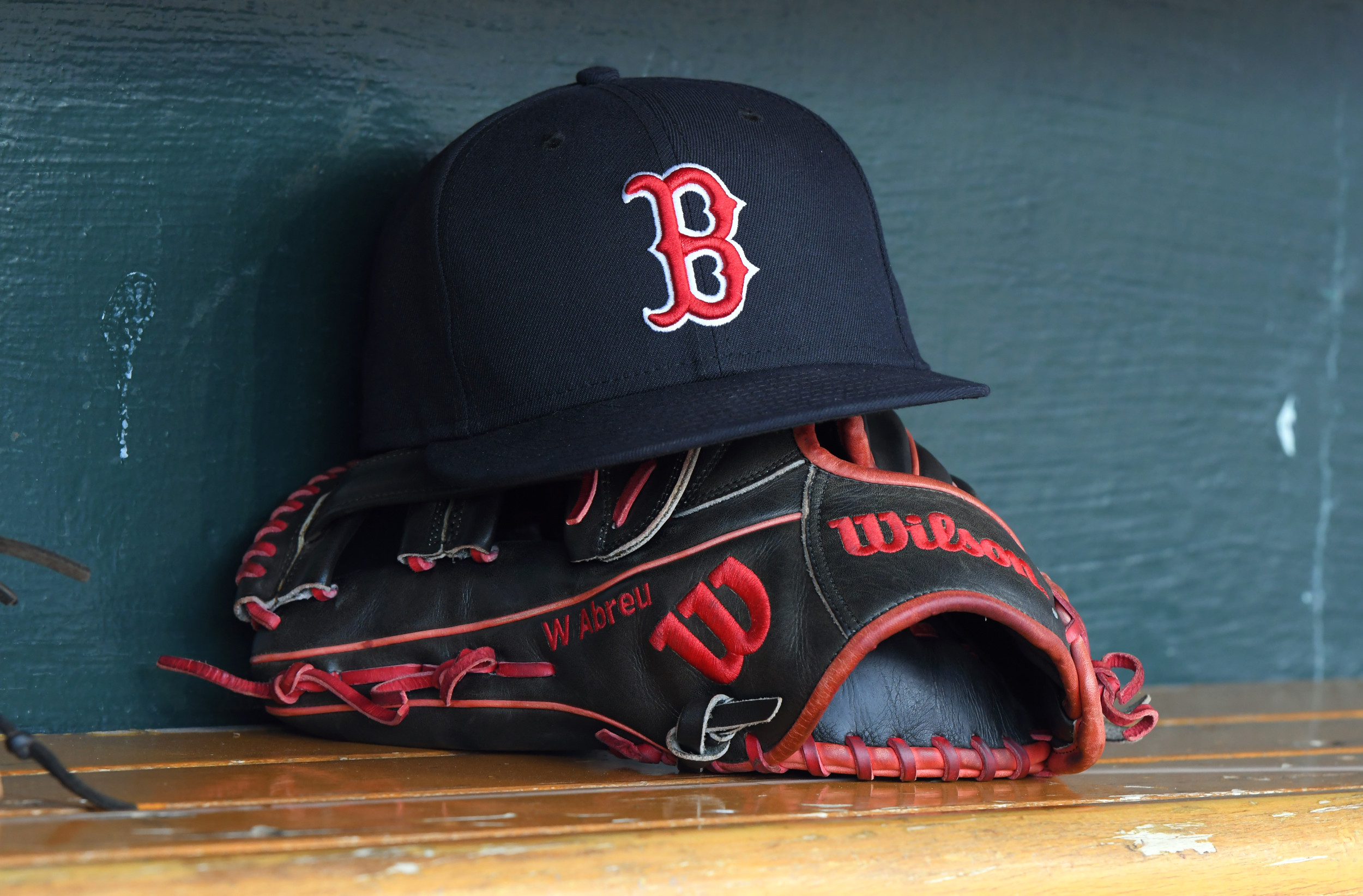Space never ceases to amaze us, but what the James Webb Space Telescope (JWST) just found has changed everything that we know about the universe.
The JWST is an advanced version of the 1990 Hubble telescope, which was launched into space in December 2021.
However, the JWST has made numerous discoveries in space, some of which could even point to there being life beyond our small planet.
It also found that potential planets could be forming right in front of us after discs and dust gathered around two stars.
But now, it’s found something bigger.

The universe is vast (Getty Stock Images)
While we’re just a speck of dust in the cosmos, we’ve been trying to figure out all that there is to know about the universe for quite some time.
That means we’ve tried to date back to how old the universe is.
For years, cosmologists have believed the universe is approximately 13.8 billion years old, but new JWST findings suggest that this may be incredibly inaccurate.
New research had found that the universe’s age is probably more likely to be 26.7 billion years, which accounts for the JWST’s observations.
Data from the 1990s' Hubble Space Telescope launch meant that originally, people thought it was between 7 billion to 20 billion years, and later agreed on 13.8 billion years.
It all began with the presence of 'impossible early galaxies'.
These galaxies emerged during the cosmic dawn, which occurred around 500 to 800 million years post-Big Bang, and really shouldn't have evolved disks so quickly.
So, surely they had been created earlier than we thought?

The JWST changed everything (Getty Stock Images)
Explaining how the universe’s age was challenged, Rajendra Gupta from the University of Ottawa told The Brighter Side: "I attempted to marry the conventional big-bang model with the tired light theory, hoping to account for both supernovae and JWST data.
"While this expanded our universe's age to 19.3 billion years, it couldn’t entirely account for the JWST data.”
That’s when he tried combining the tired light theory with an evolving model based on the coupling constants, which gave a lot better results. Still with us?
Thanks to this, the hybrid model accounted for the JWST's observations and also put the universe's age to 26.7 billion years.
Although the Hubble Space Telescope had already guessed at the 'impossible early galaxy' issue, the JWST's launch in December 2021 strengthened these claims.
Now, scientists have a clear picture of when the universe came to be, and this could help them in the future to recalculate the date of emerging planets, among other things.
As the universe continues to be a vast space of confusion for us to wrap our heads around, at least this one thing has been put to bed at last.




















 English (US) ·
English (US) ·